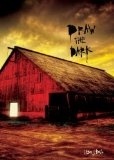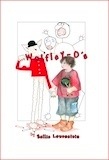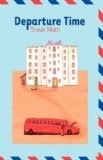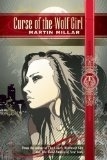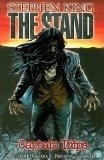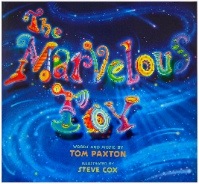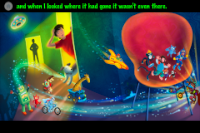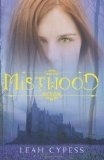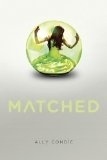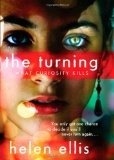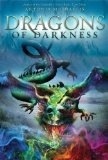Twenty years ago, I attended a conference in Monterey, California, organized by Seybold and called "Digital World 1990." The conference was intended to address the rapid technological changes affecting publishing, computer gaming, movies, and other media industries, and the coming convergence of technologies. I've attended other conferences, but that one was strongly imprinted on my memory, and I've never forgotten it. Last week, attending BEA and IBPA's Publishing University was somewhat of a déja-vu experience, which reminded me strongly of that long ago conference.
In 1990, we were in the midst of a sea change of technology that threatened to drastically change the way we did business. Publishing was still reeling from a relatively new technology, desktop publishing, that took power away from the corporations and put it in the hands of ordinary people. There was disagreement between advocates of desktop publishing, and those of us (including me) who advocated a device-neutral tagging system, SGML, as a better approach for the long term. Multimedia, in the form of CD-ROMs, was going to change the way information was presented, and a convergence of technologies meant that soon computers, televisions, telephones, and other devices would merge into multi-purpose devices.
Broadband access, in the form of ISDN, would put the world at our fingertips, although no one seemed to know exactly what that meant. The internet was gaining in popularity, but gopher was the primary means of using the internet, and the World Wide Web was just on the cusp of being developed. Ted Nelson spoke about his vision of a world wide hypertext library of information, Xanadu, which would allow anyone to create content and link to other people's content. Digital World 1990 was where I first heard about a new technology being researched, I think it was by Xerox, called electronic paper, which would use rotating dots of electrically charged ink to create paper on which the image could be changed.
There was both fear and excitement at the conference, but excitement seemed to be the primary emotion, particularly since many of the people at the conference were deeply involved in bringing about those changes. I remember one speaker, I wish I could remember who it was so I could credit him, talking about the curve of development of new technologies. Using the example of multimedia CD-ROMs, he talked about how when a new technology is first developed it generates a lot of excitement, and people think it's going to change the world. Then, when change doesn't happen as quickly as expected, there's a backlash against it. Finally, the change does happen, although often differently than expected.
Today, we are once again (or still) in the midst of a sea change affecting the way we do business. Just as twenty years ago, there is both fear and excitement, but whereas I think fear was the primary emotion at BEA 2009, I think BEA 2010 moved more towards excitement.
Some of the changes predicted at the 1990 conference have come about, although in almost all cases the change has been different than expected. CD-ROMs still exist, but they are essentially dead, however multimedia presentation of information is stronger than ever, as evidenced by the many demonstrations of "enhanced e-books" at BEA 2010. Broadband access has indeed come about, although through DSL and cable and wireless, not ISDN.
We do indeed have "the world at our fingertips," but the World Wide Web has replaced Ted Nelson's Xanadu (although project Xanadu still exists and is working to bring their vision to reality). I do wish that Xanadu had won out over the web, because Nelson's vision was far superior to what we have today. Xanadu had greater granularity of linking -- you could link to any amount of content, even down to a single byte, instead of being forced to link to whole pages -- links were bi-directional, and there was built-in copyright protection and automatic compensation of copyright holders.
E-readers based on e-ink, the descendent of e-paper, are the hot item in 2010, although sadly it seems that once again Xerox missed the boat on a technology for which they were a pioneer. There is indeed a convergence of technologies, although there is also increased specialization. Today consumers have a choice: you can purchase multi-purpose devices like the iPhone, which combine telephones, computers, and video, or you can purchase specialized devices like the Kindle that serve one purpose. Instead of an overall convergences, we've seen a combining, separating, and re-combining of technologies in many different ways.
Desktop publishing has evolved into robust graphical typesetting programs like InDesign. Yet, with the increasing importance of e-books and multi-platform publishing, format-neutral tagging based formats -- in this case XML, the intellectual descendent of SGML -- are playing a more important role, and even InDesign now incorporates XML tagging capabilities.
Using the development curve described above, I think that e-books are starting to move from the second phase, backlash, into the third phase, real change, although there is certainly still some backlash.
I think the important thing to take away from all this is that change will happen, although probably differently than we expect it to. Twenty years from now, the world -- and publishing -- will be very different than today, but it will also be different than today's predictions of where it's headed. The important thing is to be flexible and creative; companies that can adapt, in one way or another, to the change, will survive, and those that don't, won't. Adapting doesn't necessarily mean moving everything to e-books, but it does mean finding ways to do business in this new world, whatever that might mean.
 The Wager
The Wager